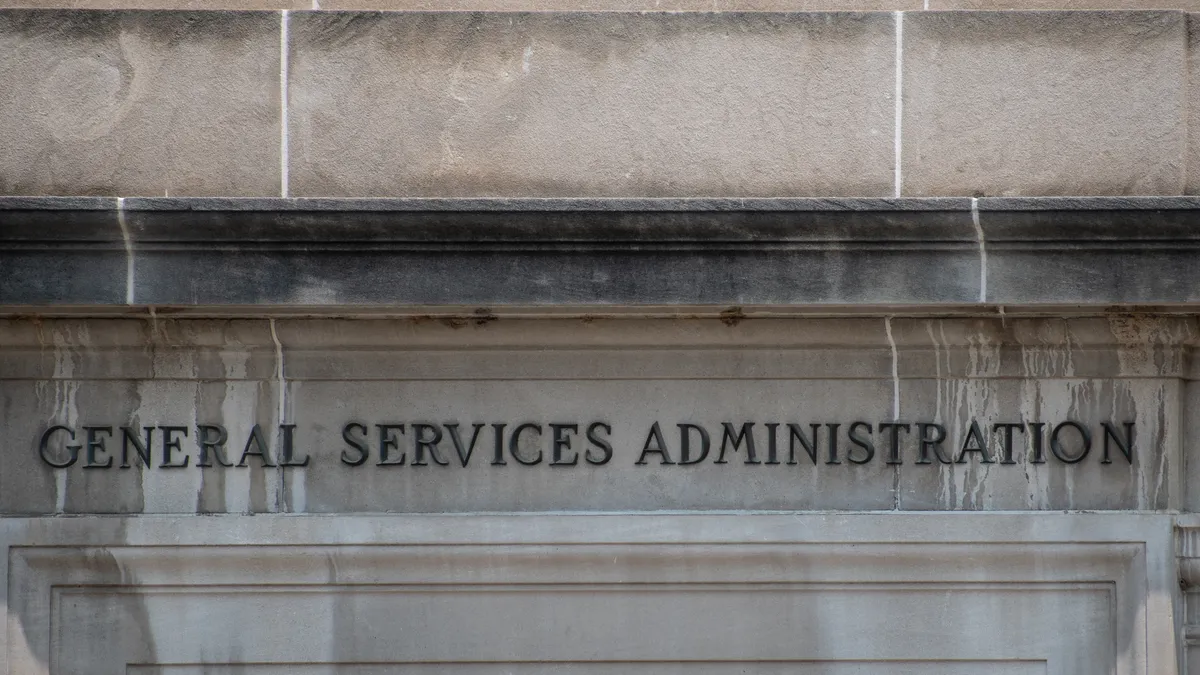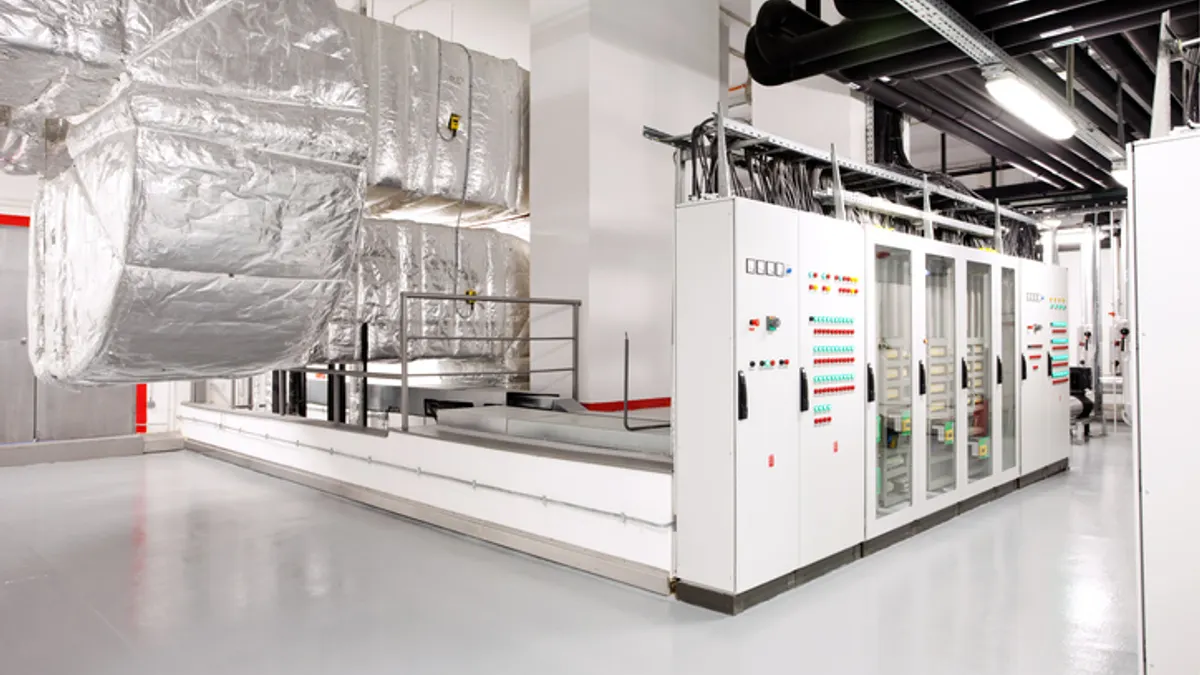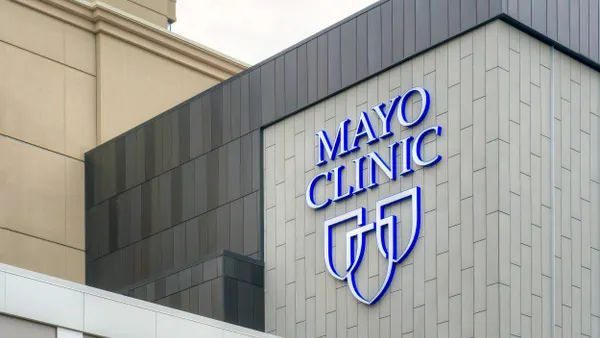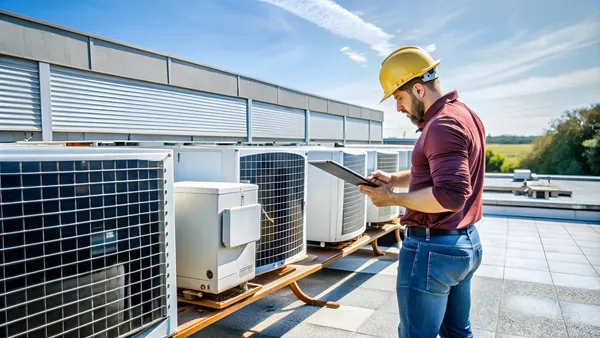Dive Brief:
- U.S. General Services Administration Administrator Robin Carnahan on Thursday unveiled plans to invest $80 million in smart building technologies to cut costs and emissions and enhance efficiency and comfort across an estimated 560 federal buildings.
- Funded by the Inflation Reduction Act, the initiative will cover 49 states as well as Washington, D.C., Puerto Rico and the U.S. Virgin Islands and is expected to generate new jobs, the GSA said.
- “Through the Inflation Reduction Act, GSA is going to make our building operations better, faster and cheaper — all while creating good-paying jobs in communities,” Carnahan said in a statement.
Dive Insight:
The GSA will use the funds to add “granular controls, expand available reporting with more advanced metering sources and optimize the operator experience,” it said. This involves the installation of roughly 1,000 new meters for measuring electricity, water and gas performance, which would allow the GSA to pinpoint inefficiencies and take corrective actions promptly, it said.
To further improve comfort and building occupant experience, the GSA will deploy smart sensors in over 70 federal buildings to monitor indoor air quality, environmental quality and carbon dioxide levels, adjusting building operations in real time based on the collected data, it said.
More than 150 federal buildings will get a unified user interface to streamline data access related to equipment operation, energy use and sustainability performance.
Further, the GSA said it plans to implement “best in class HVAC controls” in roughly 15 buildings, based on ASHRAE Guideline 36, High-Performance Sequences of Operation for HVAC Systems. The guideline is designed to reduce energy consumption, costs, system downtime, and engineer and contractor time, in part by standardizing programming sequences.
“These advanced systems will provide granular data that will reshape how our federal buildings are operated, maintained, analyzed and experienced,” Elliot Doomes, GSA commissioner for the agency’s Public Buildings Service, said in a statement.
The $80 million is part of a broader $975 million allocation to the GSA for emerging and sustainable technologies and related sustainability programs. That, in turn, is part of a $3.4 billion Inflation Reduction Act initiative for the GSA to develop, modernize and maintain more sustainable, cost-efficient and high-performing federal facilities, per the release. The GSA projects that these efforts could reduce carbon emissions by 2.3 million metric tons, equivalent to emissions from about half a million gasoline-powered passenger vehicles annually.
The $80 million initiative will also help federal buildings meet the goals laid out in the Federal Sustainability Plan, the GSA said. These goals include reaching net-zero emissions across the federal building portfolio by 2045, reducing operational emissions 65% by 2030, and using 100% carbon-free electricity by 2030.










